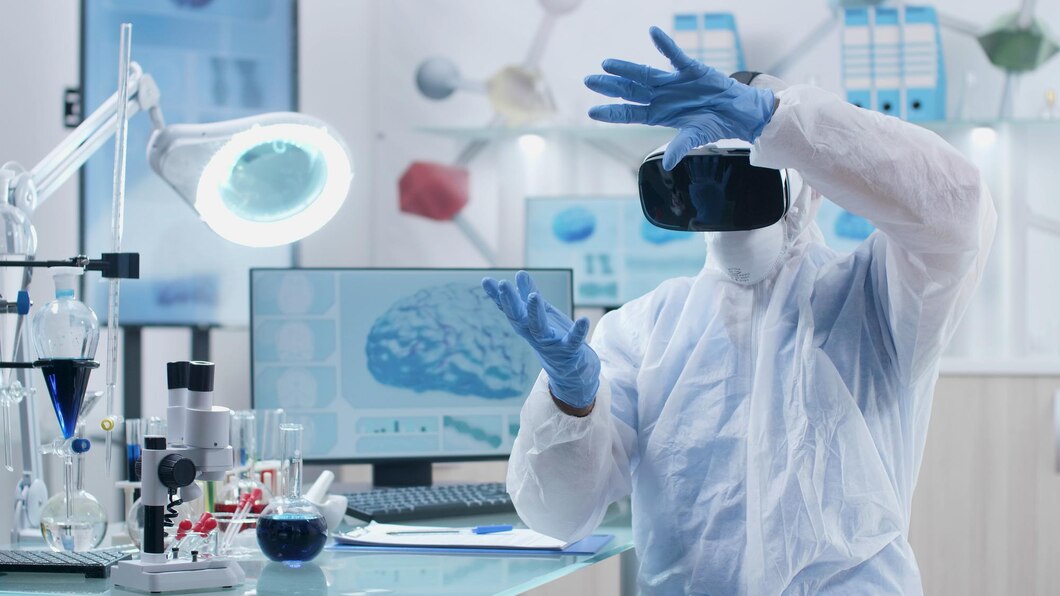According to Medi-Tech Insights, the global biosimulation market is set to grow by 15-20% by 2028. This growth is fueled by rising demand for drug discovery solutions, the shift towards personalized medicine, expansion into new therapeutic areas, increased R&D investments, and advancements in AI and Quantitative Systems Pharmacology (QSP) technologies.
Understanding Biosimulation: An Integral Component of Modern Medicine
Biosimulation utilizes computational methods to replicate biological processes in the fields of biology and medicine. This involves developing mathematical models that simulate the behavior of biological systems, ranging from cells and tissues to entire organisms. These models are crucial in predicting how these systems respond under various conditions, such as changes in drug dosage or environmental factors. Biosimulation finds applications in drug discovery, personalized medicine, and understanding disease mechanisms, providing insights that are often inaccessible through traditional experimental methods. By expediting drug development, reducing costs, and minimizing reliance on animal testing, biosimulation is revolutionizing the approach to drug development and medical research.
Precision Medicine and AI: Transforming Drug Development with Biosimulation
The medical landscape is shifting towards personalized treatment approaches, moving away from conventional methodologies. Precision medicine, powered by genetic and biomarker data, tailors treatment decisions to individual patients, considering genetic variations, environmental factors, and lifestyle choices. AI-driven biosimulation further enhances this approach, revolutionizing drug development by providing early, precise, and scalable insights. AI-enabled virtual simulations are replacing traditional testing methods, accelerating drug discovery, addressing ethical concerns, and optimizing outcomes. These advancements not only speed up drug development by reducing unnecessary animal trials but also offer cost-effective alternatives while ensuring regulatory compliance.
Biosimulation: Pioneering New Frontiers in Therapeutics and Research
The scope of biosimulation is expanding beyond traditional therapeutic areas like oncology and cardiovascular diseases to include emerging fields such as neurology, infectious diseases, and rare disorders. This expansion is opening new growth opportunities, particularly in virtual clinical trials and in silico pharmacology. The rising adoption of biosimulation in virtual trials is significantly reducing costs and accelerating drug development. Furthermore, the trend of modeling complex biological systems at multiple levels, from molecular interactions to organ-level physiology, is enabling more comprehensive simulations and predictions. These advances are pivotal in optimizing drug efficacy, safety, and understanding disease mechanisms, ultimately driving innovation in therapeutic development.
Challenges and Constraints in the Biosimulation Market
Despite its promising growth, the biosimulation market faces significant challenges. These include a lack of standardization, the complexity of accurately modeling biological systems, and a shortage of skilled professionals. Additionally, validating and verifying biosimulation models against real-world data remains difficult due to the dynamic nature of biological systems. Addressing these challenges requires the establishment of standardized practices, enhancement of expertise, and development of improved validation techniques to ensure accurate simulations and predictions.
Regional Insights: North America Leads the Market
North America currently holds the largest share of the global biosimulation market, driven by increasing collaborations among key players to enhance drug discovery capabilities. The region’s growth is further supported by the use of in-silico models for regulatory policy enforcement, ensuring high standards of patient safety and treatment. Meanwhile, the Asia-Pacific region is expected to experience significant growth due to the rising preference for contract research organizations and increased healthcare IT spending. Additionally, improvements in healthcare infrastructure and heightened research and development activities in developing countries are anticipated to further propel market growth in the region.
Competitive Landscape: Strategic Growth and Market Dynamics
The global biosimulation market is highly competitive, with key players including Certara, Simulations Plus, Dassault Systèmes, Schrödinger, ACD/Labs, Chemical Computing Group, Physiomics, Evidera, and others. These companies are employing both organic and inorganic growth strategies, such as collaborations and acquisitions, to strengthen their market positions.
For example, in December 2023, Certara acquired Applied BioMath, expanding its biosimulation portfolio and establishing the largest Quantitative Systems Pharmacology (QSP) center of excellence in the life sciences industry. Additionally, in September 2023, Genedata announced a collaboration with the Astellas Institute for Regenerative Medicine (AIRM) to support the development of regenerative cell therapies using Next-Generation Sequencing (NGS)-based assays.
Conclusion: Future Prospects of the Biosimulation Market
The global biosimulation market is poised for continued growth, driven by increasing demand for drug discovery, the growing emphasis on personalized medicine, technological advancements, and strategic initiatives by key market players. As the market continues to evolve, biosimulation is expected to play an increasingly critical role in shaping the future of drug development and personalized medicine.
